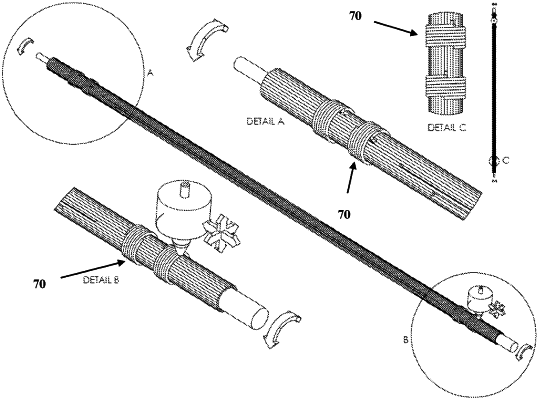| CPC A61N 1/0488 (2013.01) [A61B 5/24 (2021.01); A61N 1/0534 (2013.01); B33Y 70/00 (2014.12); A61N 1/0541 (2013.01); A61N 1/0543 (2013.01); A61N 1/0551 (2013.01); B29C 64/209 (2017.08); B33Y 30/00 (2014.12)] | 14 Claims |

|
1. An implantable lead device for conducting electrical signals comprising:
a distal end and a proximal end;
one or more homogeneous continuous conductive polymeric material elements supported by one or more segmented non-conductive polymeric materials; and
one or more isolated conductive pathways defined by an arrangement of the one or more homogeneous continuous conductive polymeric material elements and the one or more segmented non-conductive polymeric materials, wherein the one or more isolated conductive pathways transition to one or more non-isolated conductive areas for electrical dispersion or electrical reception,
wherein the one or more homogeneous continuous conductive polymeric material elements are juxtaposed contiguously with the one or more segmented non-conductive polymeric materials via additive manufacturing across more than three planes of direction, thereby providing anisotropic strength with no resulting bisection of conductivity.
|